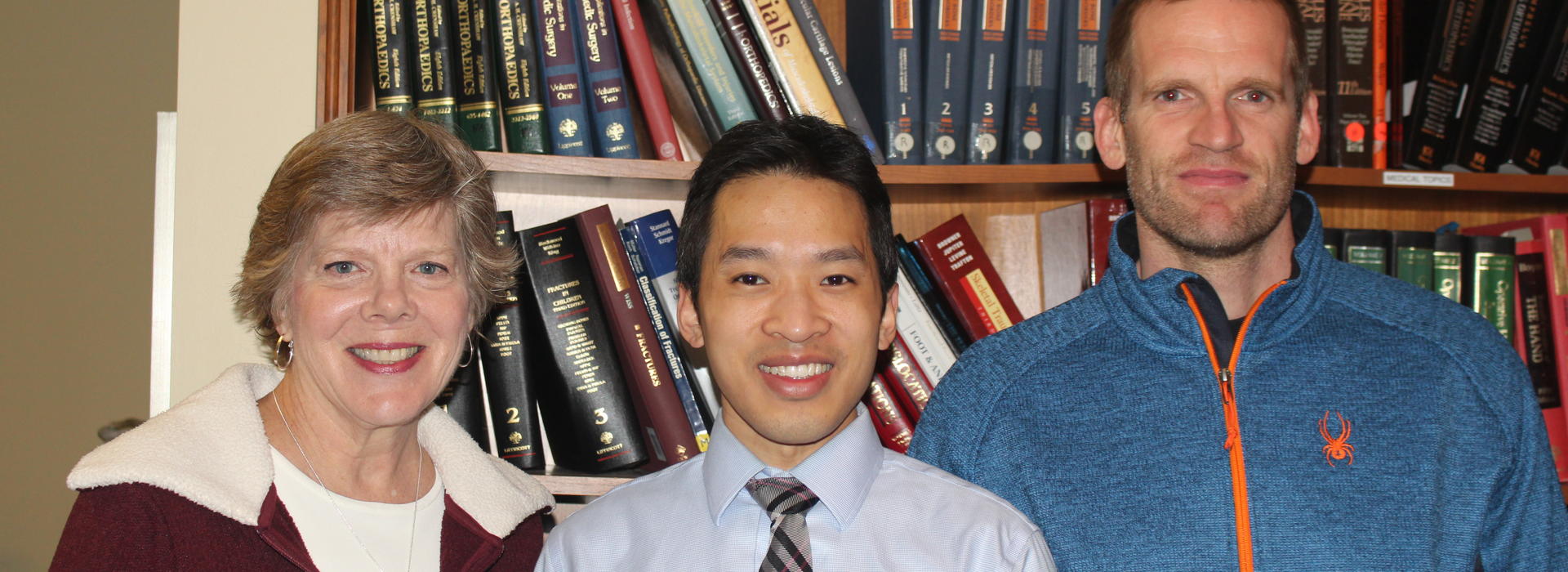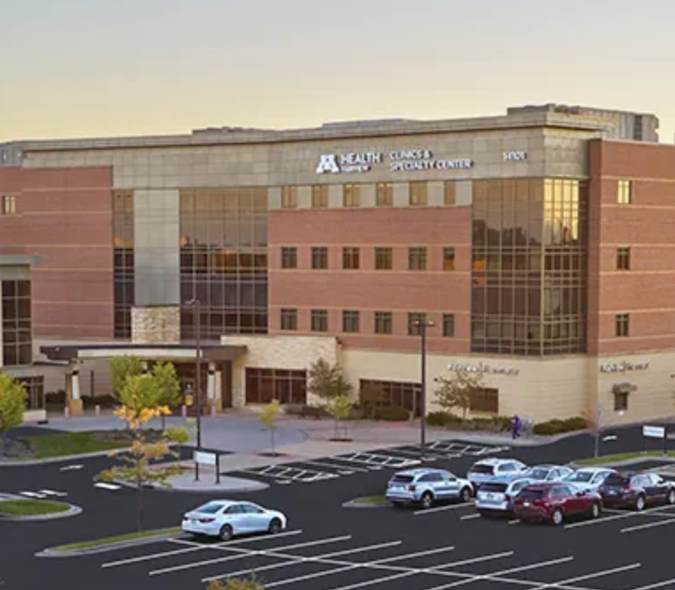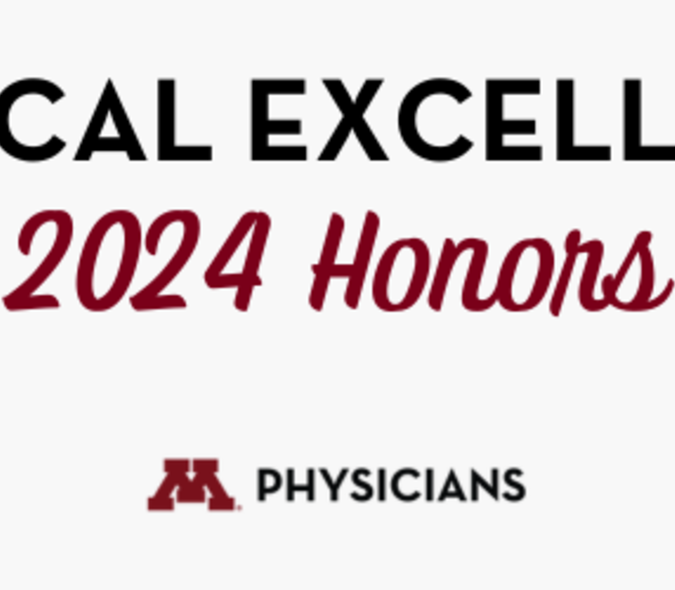
Resident’s Research into Better Understanding How Cartilage Develops Could Lead to Innovative Replacement Therapies
The Orthopaedic Research and Education Foundation (OREF), offered 38 grants to fund orthopaedic research by residents, fellows, and practicing orthopaedic surgeons in 2018; only 4 of these grants are available to residents.
Despite intense competition to secure limited grant funding, Michael Chau, MD, PhD, and PGY-3 in the Department of Orthopaedic Surgery, was awarded a 2018 Resident Clinician Training Grant for his project, “Microenvironmental Influences on Articular Chondrocyte Differentiation.”
Chau’s project involves trying to understand how cartilage forms and develops, particularly articular and growth cartilage. “I’m focusing on the chondrocyte, which is the only type of cell in cartilage, and studying how it differentiates from being a stem-like cell to its mature state,” he explained.
Chondrocytes located at the ends of the long bones are comprised of either growth cartilage, which is responsible for growth in length and the shape of the ends of the bone, or articular cartilage. Articular cartilage provides a smooth surface to the bone and allows the joints to move easily. This type of cartilage can be damaged in multiple ways, including overuse, trauma, or infection.
The majority of the cartilage in the growing individual is composed of growth cartilage, which is a temporary tissue that is completely converted to bone by the time of adulthood, while articular cartilage is a permanent tissue. In young individuals, however, these two types of cartilage are indistinguishable.
“The question Michael is addressing in his studies is: what determines whether the cartilage in the growing individual becomes growth cartilage versus articular cartilage,” explained Cathy Carlson, DVM, PhD, DACVP, the co-principle investigator and professor in the Department of Veterinary Clinical Sciences.
To determine how cartilage differentiates, Chau manipulates it in the knee joints of young goats, while it is still immature and has the plasticity to become either articular or growth cartilage. Alongside colleague, Ferenc Toth, DVM, PhD, DACVS, an assistant professor in the Department of Veterinary Population Medicine, Chau takes circular cores of cartilage that are composed of an upper layer of articular cartilage and a lower layer of growth cartilage. He then inverts and re-implants the cores to determine if these two tissue layers retain their original function or convert to having a totally different function. That is, does the articular cartilage remain as articular cartilage in its new location, or does it convert to growth cartilage, and vice versa?
The current study started last fall and was previously supported by a grant from the Clinical Research Support Center. The initial pilot surgeries for the OREF grant funding, which began on July 1, 2018, have been completed. Now Chau’s team is evaluating those results to determine the next steps of the project.
“My hope is that by understanding how cartilage develops from a cellular and molecular level, we will be able to optimize current treatments and design novel ones to address cartilage diseases such as osteoarthritis, avascular necrosis, and osteochondritis,” Chau said.
Chau is the first resident in the Department of Orthopaedic Surgery to receive an OREF grant in the last 20 years. Both Toth and Carlson noted that Chau has been actively involved in all aspects of the project — from writing the grant application, identifying the goats for the studies, doing the surgeries, evaluating the results, and even cleaning up afterwards – Chau has taken full responsibility for the project’s success.
“He’s fantastic; I enjoy working with him,” Toth said. “He’s very laid back, level headed, hard to frustrate, and rolls with the punches – which are frequent here in the veterinary school,” he said, laughing.
In the next set of studies, Chau’s team is planning to look at the effect of weight bearing and non-weight bearing areas on chondrocyte differentiation. Carlson’s hope is that when they complete this project, they can prepare to apply for an NIH Grant. For now, Chau’s team is eager to understand how cartilage develops on a basic scientific level.



